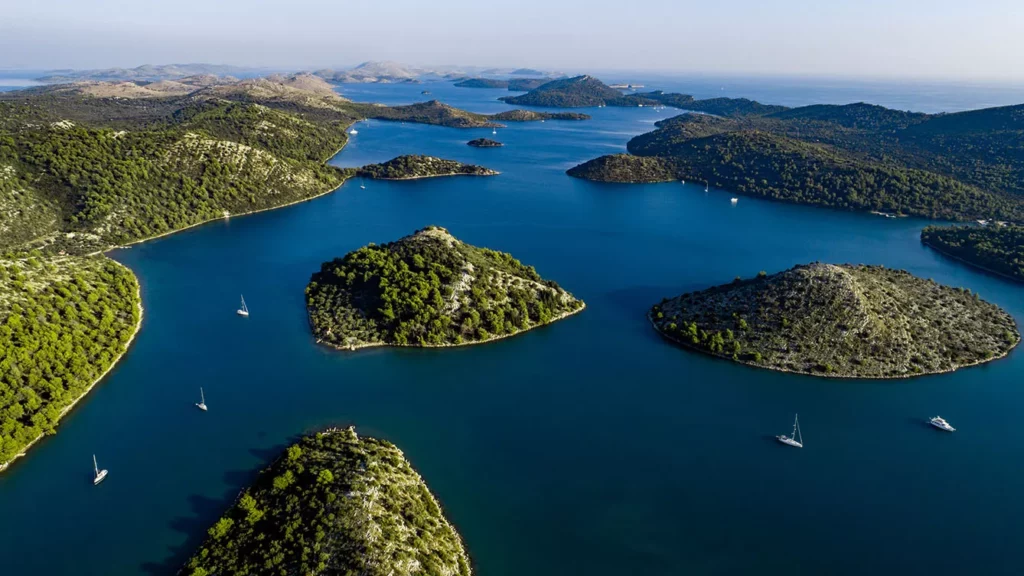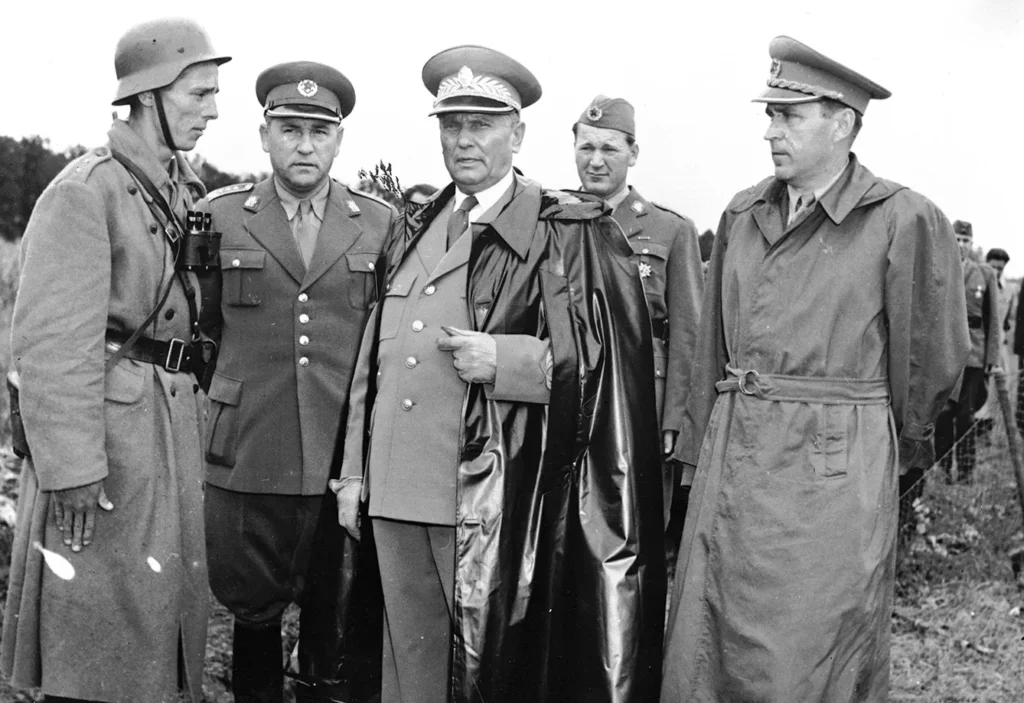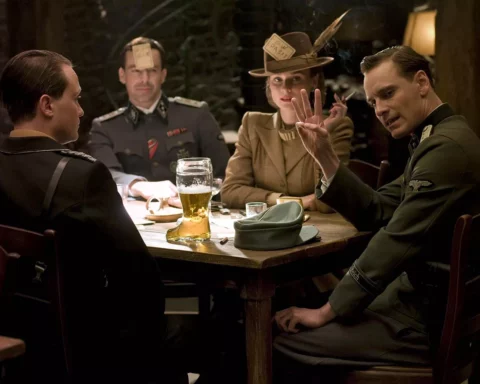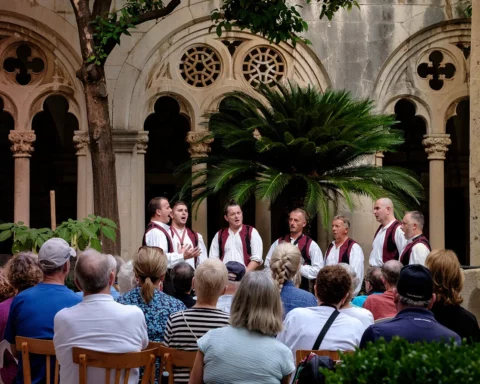A long time ago, in a land far, far away, when the Maker was busy allocating land to the peoples, He somehow forgot about one man who was left landless. ‘What about me?’ asked the man. ‘And who are you?’ God asked him in return. ‘I’m a Croatian, ’ replied the man. ‘Well then, my child, I don’t know how this happened, but I have nothing left to give to you but this beautiful piece of land I was saving for myself. As it was my error, you may have it.’
Croatia – treasure reserve of the Adriatic coast
Probably everyone knows where Croatia is located. All thanks to these beautiful areas. According to the legend, that’s how Croatians got the most wonderful spot on the Adriatic coast. And if that wasn’t enough – the Maker was so pleased with his project that he wept the tears of joy, which have fallen into the Adriatic sea, forming islands – the jewels of the Croatian coast.

I wish we could end this article here, with this beautiful tale; however, life on Earth is not quite as simple as people paint it in their myths. Indeed, there is a grain of truth in every story, and what we can take from the above legend is that Croatia is a land of natural beauty – I would not be surprised if it truly is the apple in the eye of the Maker.
Croatian history’s everpresent migration
What is the history of Croatia? History feeds us a much more mundane explanation for the settlement of the migrating tribes. Croatians are believed to have come from the areas of today’s Lesser Poland and Northern Carpathia circa the 7th century AD. Those who made it all the way to the south coast mixed with the locals and became known as the White Croatians. Then, they say, some of them are believed to have come from the areas of today’s Iran – reaching Croatia via Greece and Albania to settle and be called the Red Croatians.
The above theory is one of the explanations for the red and white checkers visible in Croatia’s crest. But that’s not the only one. The other tells the story of a Croatian king, Držislav, who was taken captive by the Venetians. The king challenged the Venetian Doge, Pietro Orseolo the 2nd, to a game of chess. After winning all three of the agreed rounds, he regained his freedom (and, in some versions, won a patch of land on top). Upon the return to his kingdom, he decided that a chessboard in its crest was a fitting way to commemorate the intellectual duel that saved his life.
Medieval prosperity of two hearts – Croatia History
Contrary to the standard (mis)conceptions about medieval times, for Croatia, this was one of the periods in its quite complicated history when it enjoyed freedom as a more or less sovereign land. The tribal state was ruled by a knaz, who assumed leadership of the tribes already settled in the region. Croatia back then could be loosely divided into northern and southern regions. The southerly areas were more oriented towards the Mediterranean culture, while the hearts of the peoples of the northern lands were gravitating towards Central Europe. This division had a crucial influence on the forming of Croatian culture.
The two approaches were finally forced to put aside their differences for the greater good when the Byzantine Empire started pushing from the south, just as the Carolingian Empire was going from the north. Sadly, even converting to Christianity did not make the rulers of the lands seem legitimate enough in the eyes of their more advanced neighbors. So the northern part of Croatia fell under Carolingian rule in the 790s. The south, however, held strong and prospered for a couple of centuries until the last ruler, Stjepan II, failed to produce an heir.
That’s when the state began to disintegrate and ultimately fell under Hungarian rule. The famous document of Pacta Conventa of 1102 declared the formation of a new Hungaro-Croatian kingdom ruled by the Hungarian dynasty. The states were supposed to remain separate, but it is needless to say that such declarations were only for show. In reality, the rights of the Croatian nobles were being revoked step by step until the state of Croatia as a political entity ceased to exist.


An extended period of outside rulers and raids in Croatian history
Pacta Conventa resulted in centuries of dependence on rulers and leaders who were not or had little in common with Croats. The land was under the Tatar threat in the 13th century, but the Hungarian king, Bela IV, managed to deal with it quite efficiently. With the Hungarian influence in the north, the south of today’s Croatia was under Venetian influence. They controlled vast areas of Dalmatia and brought along their culture and architecture. Dubrovnik, however, remained a sovereign city-state, with, notably, allegiance to the Hungarian crown.
Then, in the 15th century came the Ottomans. Their first aim was the Bosnian and Serbian territory, but the threat to Croatia was great. So much so that pope Leo X awarded the land the antemurale christianitatis, so ‘the ramparts of Christendom’ title. Under the Hungarian lead, the Croats stood strong for a long while; however, by the mid-16th century, the Turks controlled the land. Their empire left a lot of turmoil and damage, but it also brought about certain cultural novelties (a lot of them still present, for example, in local cuisine).
Also, in the 16th century, when Hungarian king Louis II failed to leave an heir, the Hungarian throne was taken by Ferdinand I of the Habsburg dynasty. It was to rule over the lands for nearly three centuries.
And then came the Great War
By the time the First World War broke out, the Croatian National Revival movement was alive and kicking. What started in the mid-19th century as a bridge between the Croats and the Serbs became a purely Croatian affair and strengthened the feeling of community between the Croats. The movement was also known as Illyrianism, and its contribution to the flowering of the Croatian language and culture was invaluable.
As the war continued, it became clear that the Austro-Hungarian Empire was at its end. The formation of a completely independent state of Croatia would make it too vulnerable to its strong neighbors. Instead, many Croatian politicians embraced the idea of Yugoslavia (the state of South Slavs). This did not happen at first, and after the fall of the Empire, on 1 December 1918, a Kingdom of Serbs, Croats, and Slovens was formed. Due to many political perturbations, the name was finally changed to Yugoslavia in 1929.
Times of Yugoslavia and Tito
The state of Yugoslavia survived well after the Second World War. It remained under the strong influence of the USSR. However, the relationship was bumpy.

Josip Broz is still one of the most recognizable personas connected with the state of Yugoslavia. His input in forming the country is not without controversy; hence he is a problematic leader to talk about. More commonly known as Tito, he led the country for more than three decades. An activist with socialist sympathies, he became a legend in his own time.
The official reason for his alias is connected to the TT pistol used by the Soviets. The more anecdotal explanation points to the fact that Josip was all about giving orders such as „piši Ti to, Ti to radi” (you write this, you do that). Whatever the reason behind his name, he led the country until his death in 1980. Leaving no leader to take over in his stead, the state of Yugoslavia started cracking and eventually broke up in 1989.
Troubled times of war and independence – History of Croatia
The drift toward war in the region seemed inevitable. The Balkans conflict of the 1990s shook the lands formerly living in peace and left the world dumbfounded. The cruelty of this war feeding on ethnic divisions of the peoples of former Yugoslavia left a deep mark on every nation involved. As far as Croatia is concerned, the war is sometimes described as the Croatian War of Independence. Lasting for four years, from 1991 to 1995, it did grant Croats an independent state for the first time in nearly 900 years.
If you think about it, Croatia has been what we now know as the state of Croatia for as little as 27 years. In that time, the country has gone through an economic crisis, bounced back, became THE place to go for a summer holiday, and in 2013 joined the European Union. Next year it is expected to join the Schengen zone and adopt the euro as its currency, saying its goodbyes to Croatian kunas. Croatian culture is booming, and Croats proudly show their heritage to the world. A lot to offer for as little as three decades!
The flourishing long-dormant state
Croatia has not enjoyed much freedom during its history. It seems that since the medieval Pacta Conventa, it has been constantly under the thumb of a greater (stronger) force. And yet still, the Croats managed to preserve their cultural heritage, language, traditions, legends, and folklore. Their Croatian genetic code is as strong as ever, and now, when the nation has been given the freedom to do as it sees fit, the country is on the rise, becoming one of the most recognized destinations in the Three Seas Region.







